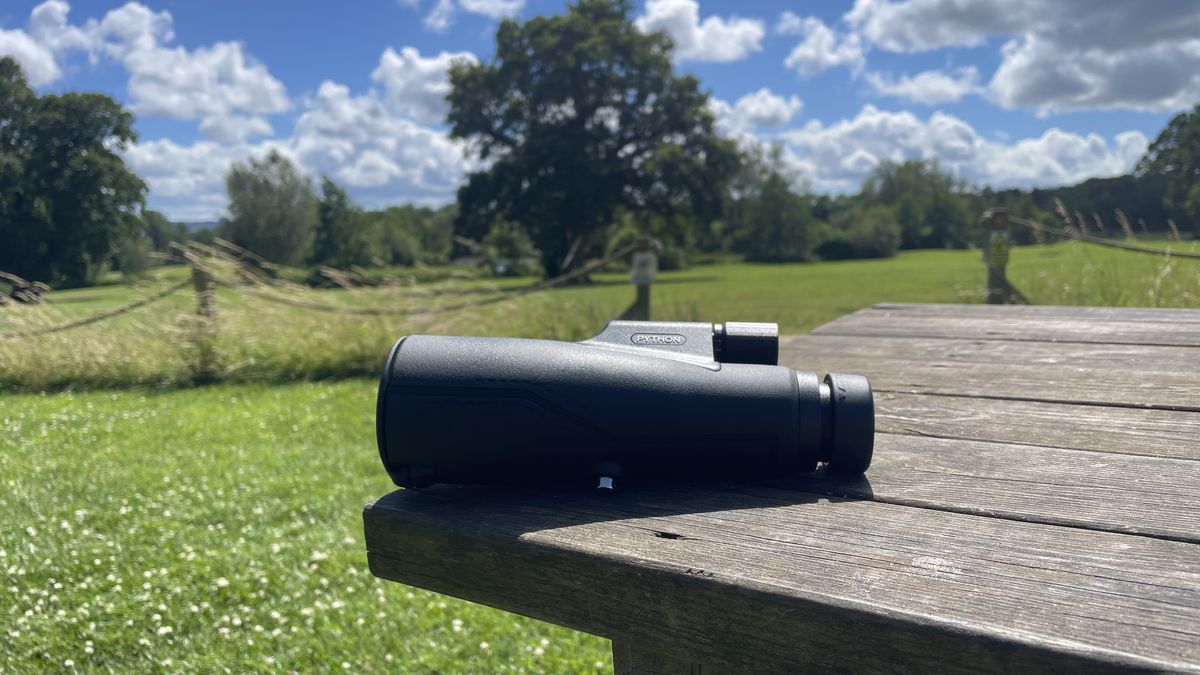A person in Louisiana who was hospitalized with a severe case of bird flu has died.
The hospitalization, first announced Dec. 13, marked the first severe case of H5N1 bird flu in the United States. H5N1 is a subtype of bird flu that’s been circulating among wild birds and poultry in the U.S. since 2021, and in 2024, it was detected in dairy cows for the first time. Since then, the virus has infected at least 66 people in the country, primarily those who were directly exposed to infected cows or poultry.
In the case of the patient in Louisiana, the exact source of the infection was initially unknown. However, an investigation uncovered that the person fell ill after exposure to a noncommercial backyard flock of birds, as well as wild birds, according to a statement from the Louisiana Department of Health (LDH).
“LDH’s extensive public health investigation has identified no additional H5N1 cases nor evidence of person-to-person transmission,” the department’s statement added. “This patient remains the only human case of H5N1 in Louisiana.”
Related: How to avoid bird flu
The patient was over the age of 65 and had underlying medical conditions, which may have made them more likely to develop a severe bird flu case. To preserve patient confidentiality and show respect for the patient’s family, the department will not be sharing further updates about the case.
In its initial announcement about the case, the Centers for Disease Control and Prevention (CDC) noted that the virus that sickened the Louisiana patient matched a strain circulating in birds — called the D1.1 genotype — not the one spreading among cows, called the B3.13 genotype.
Separately, a teen girl in Canada also recently caught the D1.1 genotype and required intensive care in a hospital. She’s since recovered from the infection, but a recent study published in The New England Journal of Medicine pinpointed several concerning mutations in the virus that infected her. These mutations may have boosted the germ’s ability to infect humans and to cause severe illness.
A commentary published in the same journal noted that it’s unclear whether these mutations were already present when the teen became infected or if they emerged as the virus replicated in her body. Nonetheless, the case highlighted the continued need to monitor the virus’s spread to see if such mutations are becoming more commonplace, the commentary authors wrote.
“While the current public health risk for the general public remains low, people who work with birds, poultry or cows, or have recreational exposure to them, are at higher risk [of catching H5N1],” LDH officials noted in the statement.
“The best way to protect yourself and your family from H5N1 is to avoid sources of exposure,” they added. “That means avoiding direct contact with wild birds and other animals infected with or suspected to be infected with bird flu viruses.” Consuming products made with raw milk could also pose a risk of infection, health officials have previously warned.
If you’ve been exposed to potentially infected animals and develop respiratory symptoms or eye redness within 10 days, the department recommends informing your health care providers so they can provide the appropriate testing and treatment. Antiviral drugs used to treat seasonal flu — such as oseltamivir (Tamiflu) — have been used to treat bird flu.
Historically, of the more than 900 people known to have caught H5N1 globally, more than half have died. These previous deaths affected people outside the U.S. and involved H5N1 strains with different genetic traits that might help explain their severity.
This article is for informational purposes only and is not meant to offer medical advice.














